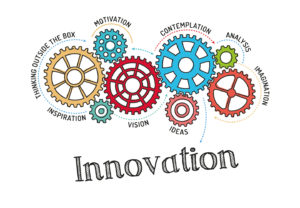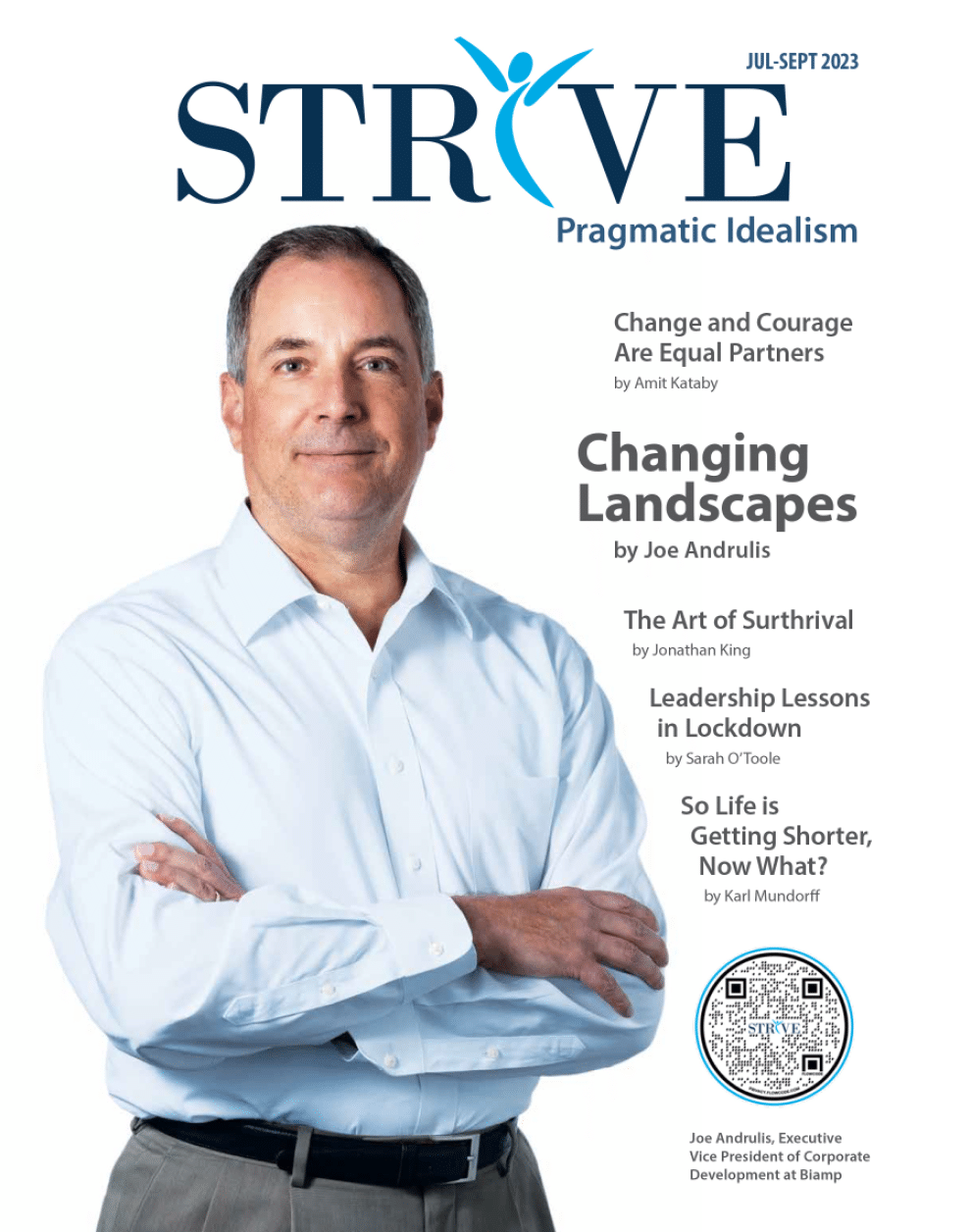 The irony was not lost on my audience. A member of the group asked, gesturing at the wall behind me, “How does that make you feel?” Having just been introduced, it was easy to tell the question had been in a holding pattern waiting for its intended destination (me) to come into view. The question was not asked with a heckler’s tone or intent, mind you, but with the genuine desire for an answer that the awkwardly obvious demands.
The irony was not lost on my audience. A member of the group asked, gesturing at the wall behind me, “How does that make you feel?” Having just been introduced, it was easy to tell the question had been in a holding pattern waiting for its intended destination (me) to come into view. The question was not asked with a heckler’s tone or intent, mind you, but with the genuine desire for an answer that the awkwardly obvious demands.
You see, I am often described as “a technology guy.” As the owner of The Chariot Group, purveyor of interactive technologies, I had just walked into a room where two interactive whiteboards were covered by sticky notes. The notes were not limited to the whiteboards; they were, in fact, everywhere in the room. It seemed as if all flat surfaces had fallen into their service, with every available shape, size and color on display. Adding to the irony, and perhaps to the awkwardness that launched the question, was the fact that most of the people in the room were familiar with interactive display technologies, some of them even own the same technology. They knew that they could and should have been working digitally and came prepared with their work ready via a thumb-drive. Instead the moderator choose the familiarity and comfort of working with pen and paper. Apparently, even with proficient users in the room, there was no objection from attendees to digress into an old-school approach. The author of the question provided a perfect segue into a larger question that had been on my mind.
Why are organizations of all types, from Fortune 100, to small businesses, to education, struggling to realize the full potential of today’s progressive digital solutions? Regardless of the technology, hardware or software, with a sense of opportunity lost, I have heard business leaders of all types express concerns that many technology deployments fall short of the potential that was initially envisioned.
“Technology is simply a tool,
whereas innovation is a process.”
The challenge, as I see it, is that we often confuse technology with innovation. But in fact, technology is simply a tool, whereas innovation is a process. Technology is no different than a hammer, we cannot accomplish anything constructive with it without first having a plan. A plan that begins with an Idea, that is expanded with Imagination, and then manifests via a sound Implementation strategy. We accomplish innovation when integrating the Three I’s: Idea, Imagination and an Implementation plan that includes consideration for its impact on both staff and organizational processes.
Leaders today are operating in an incredibly complex environment that requires they coordinate growth/change strategies across a multi-generational workforce. This often includes individuals displaying loyalty to a different vision of the future and/or with allegiances to a variety of technologies/manufacturers. The larger the workforce, the slower they are to change and that impacts the progress originally envisioned. Depending on the technology deployed, it may be the workforce who determines how successfully it is adopted. (AI may change that, but for now, it is people who must adapt).
As for processes, operational complexity is compounded by relentless disruption and the blistering pace of changing technologies. Too often we acquire the latest technology only to drop it into an operating environment that is already disrupted, frustrated and unprepared. We make the mistake of treating the latest technology as if it were a one-for-one replacement of the previous, with the expectation that the workforce will easily adapt, and operational processes will not be impacted.
It is my position that we must begin to integrate our innovative technology goals with a well-developed implementation plan and an imaginative long-term strategy. Too often we ignore the fundamentals of proven implementation strategies because of time constraints and/or cost. It is also a common mistake to discount long range planning because “everything is going to change anyway.” Many are of the belief that anything beyond just keeping up is too complex and unpredictable.
Technical innovation will be critical to every organization’s ability to compete going forward, but increasingly it will be the effectiveness of the effort, i.e., how successfully it is deployed that will be the competitive differentiator and provide true ROI. This being the case, it will not be the speed with which we acquire and deploy technology that will matter most, but the timeless qualities of thoughtful, patient and visionary leadership that will be the ultimate competitive advantage.













































